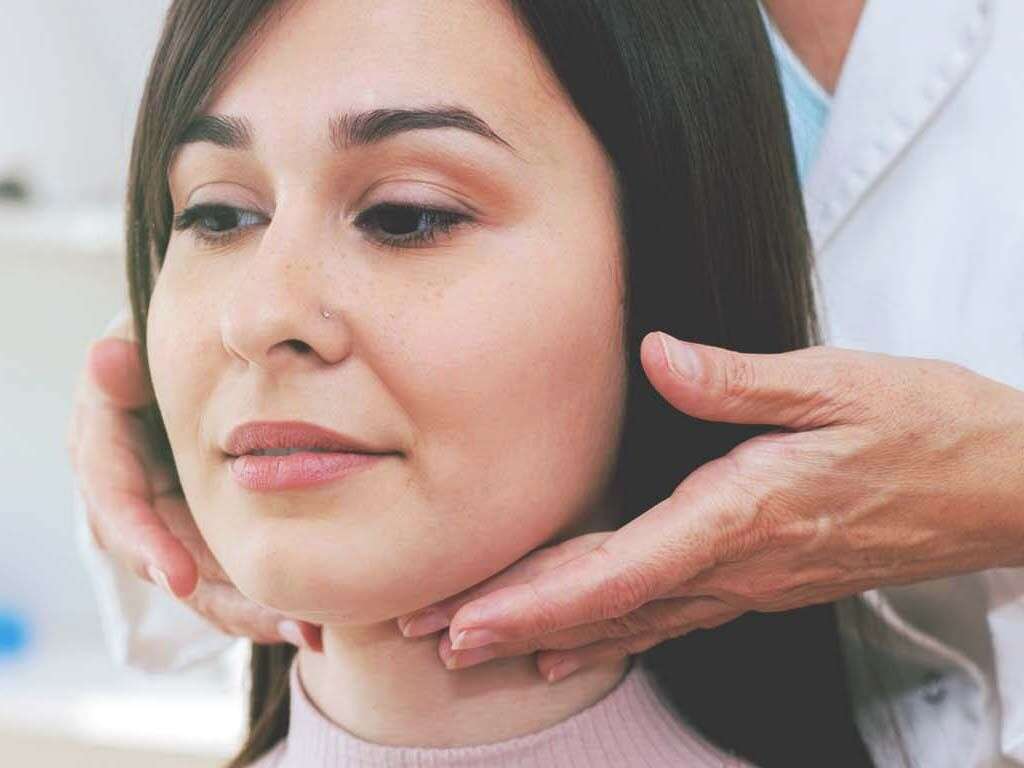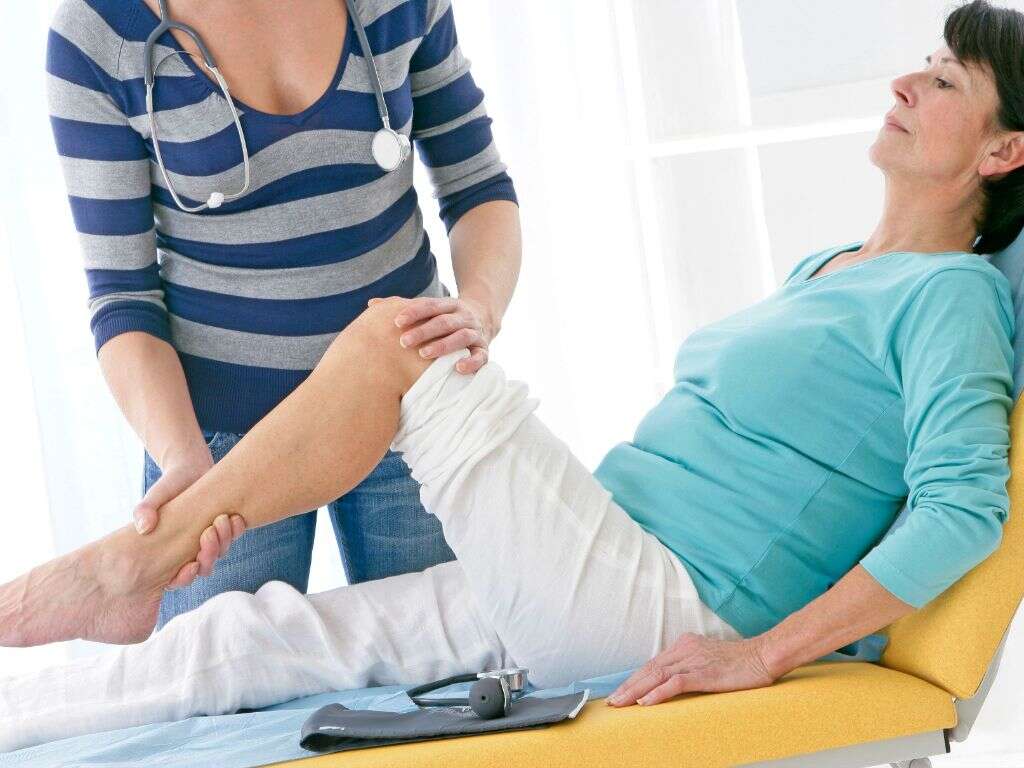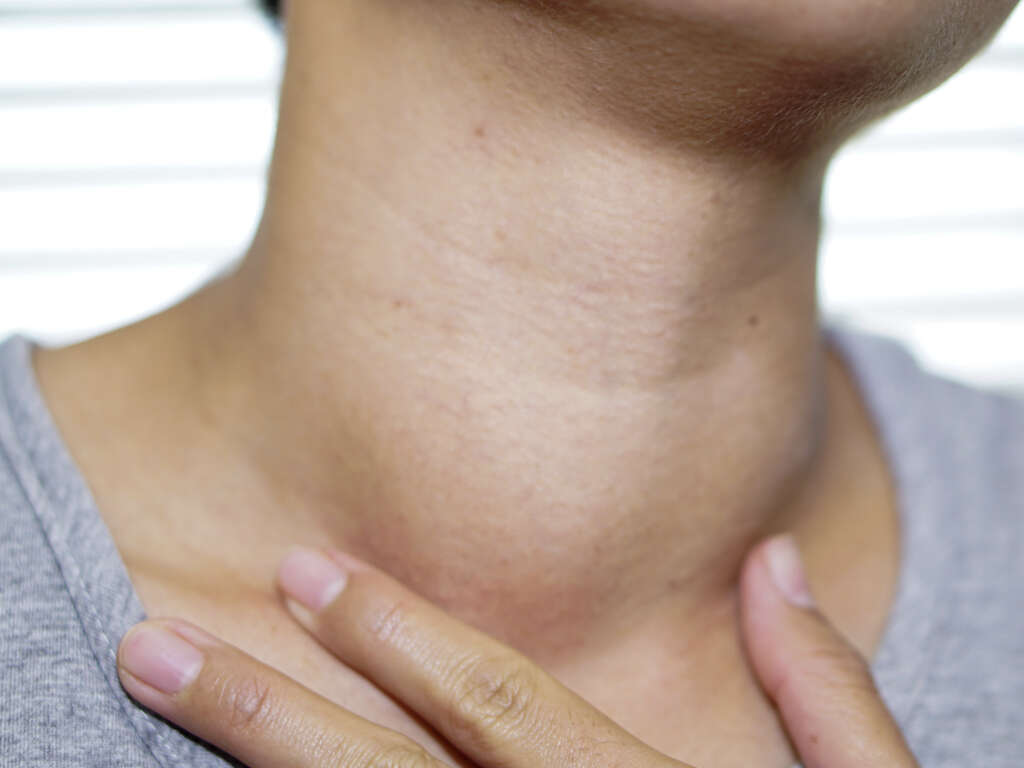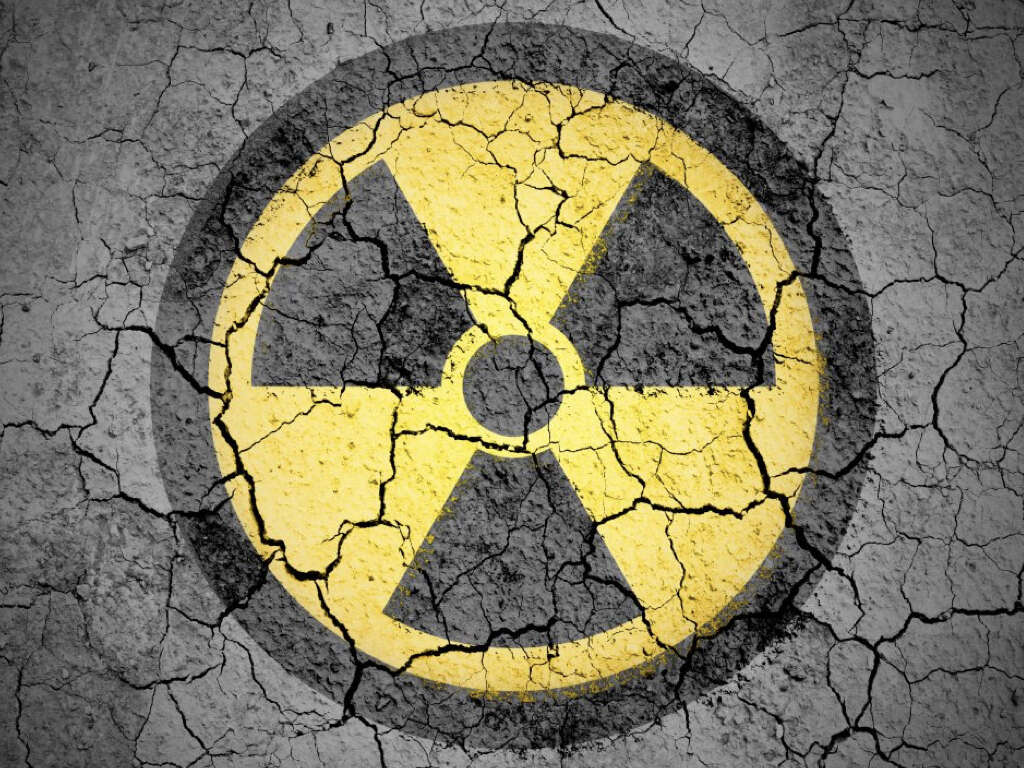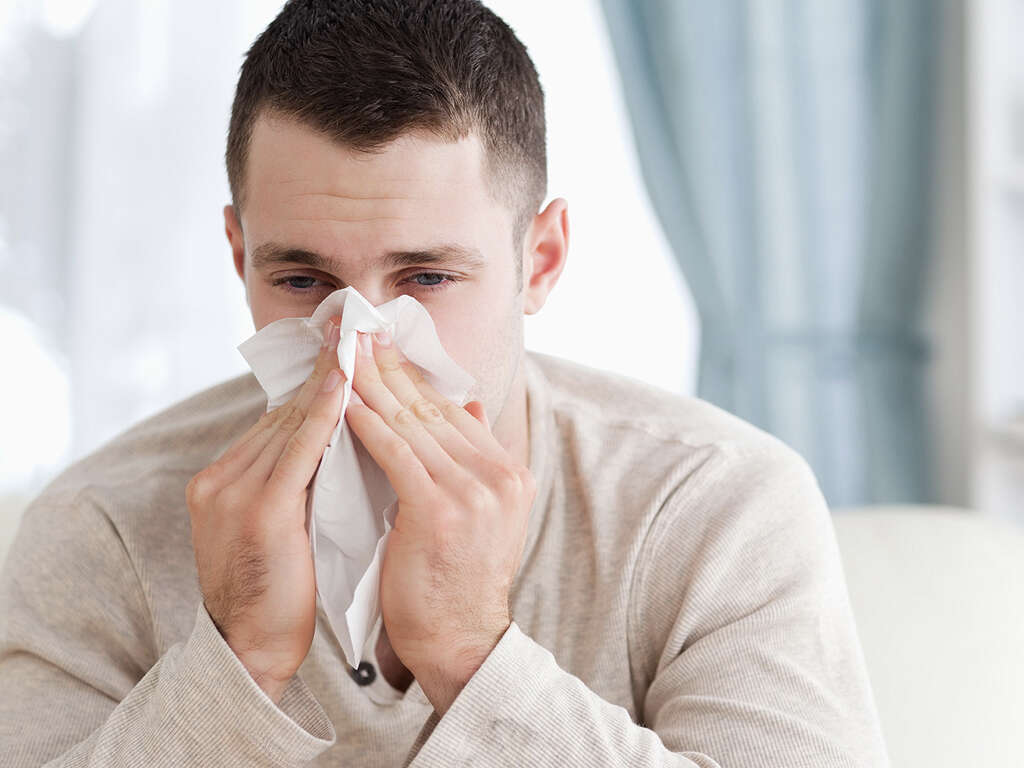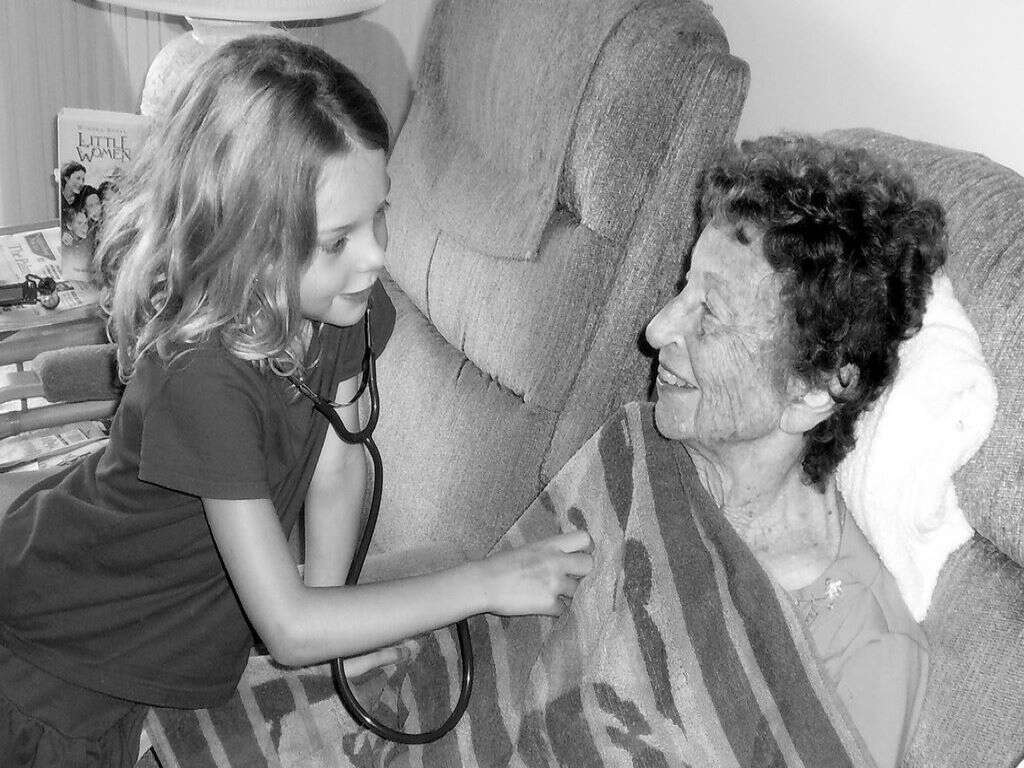10 Lymphedema Symptoms
Lymphedema is a troubling condition that affects the lymph nodes. The term lymphedema itself actually refers to a specific type of swelling related to the lymph nodes. This swelling usually occurs in the arms, the legs, or both. The lymph nodes are a part of the body’s immune system, and they are very important for maintaining our overall health. The immune system is a wide network of different body parts that help to fight off disease, infections, and maintain a healthy state of being. The lymph nodes are particularly important because they help to absorb certain types of bacteria and viruses, as well as other forms of bodily waste, before pushing them out of the body. Unfortunately, people who have undergone certain medical issues or who have experienced certain health problems may develop problems with their lymph nodes, such as lymphedema.
The most common thing that can contribute to the problem is the removal or damage of these lymph nodes by surgery or certain types of cancer treatments. In these cases, the lymph nodes may be unable to drain properly. The resulting buildup of fluid leads to certain blockages in the lymphatic system, and this can contribute to the swelling and other symptoms associated with lymphedema.
There isn’t currently a cure for lymphedema recommended by the medical community. However, if you catch the condition early on, you can manage it and help to reduce the symptoms. Taking care of the affected areas will make it much easier to live with lymphedema. If you think you are developing this condition, then it could be useful to read this list of symptoms. If you think that you are experiencing lymphedema, then you should seek medical help.

Symptom #1: Swelling of the Arms and Legs
One of the most common trademark symptoms of lymphedema is a significant swelling in the arms and legs. This occurs as the lymph nodes struggle to drain their lymphatic fluid. The result is that this fluid builds up under the skin and can contribute to visible swelling in areas near the lymph nodes.
The swelling can range in intensity. In the early stages or in cases of mild lymphedema, the swelling will hardly be noticeable. In more serious cases, the swelling can significantly change the size of the limb and will be very apparent to the patient and to others.

Symptom #2: Feeling Heavy
Another thing often experienced by people who are struggling with lymphedema is a feeling of heaviness. This feeling may affect people in the areas where their limbs are swollen, or it may spread to other areas of their body making it difficult to move.
The feeling of being heavy does not necessarily indicate a dangerous problem on its own. However, in extreme situations, it could contribute to dangerous situations. If a person is feeling heavy and attempts to drive or use heavy machinery, an accident may occur.
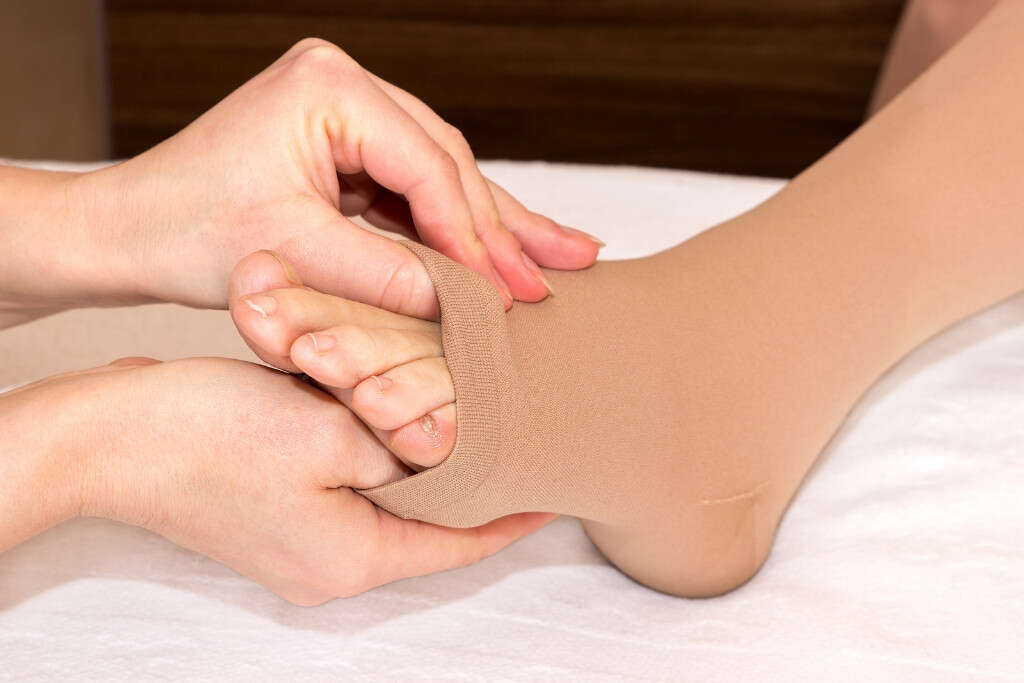
Symptom #3: Swelling of the Fingers and Toes
In many cases, people are able to identify the swelling as related to lymphedema before it spreads anywhere else in the body. However, if people do not recognize the condition in its early stages—that is, when it’s affecting the arms and legs—it can spread to affect the fingers and the toes.
If you’re experiencing swelling in the fingers and toes as well as in the arms and legs, it’s a good idea to seek medical help so you can find ways to manage the problem. Just like the swelling of the arms and legs can vary a lot, so can the swelling of the fingers and toes.
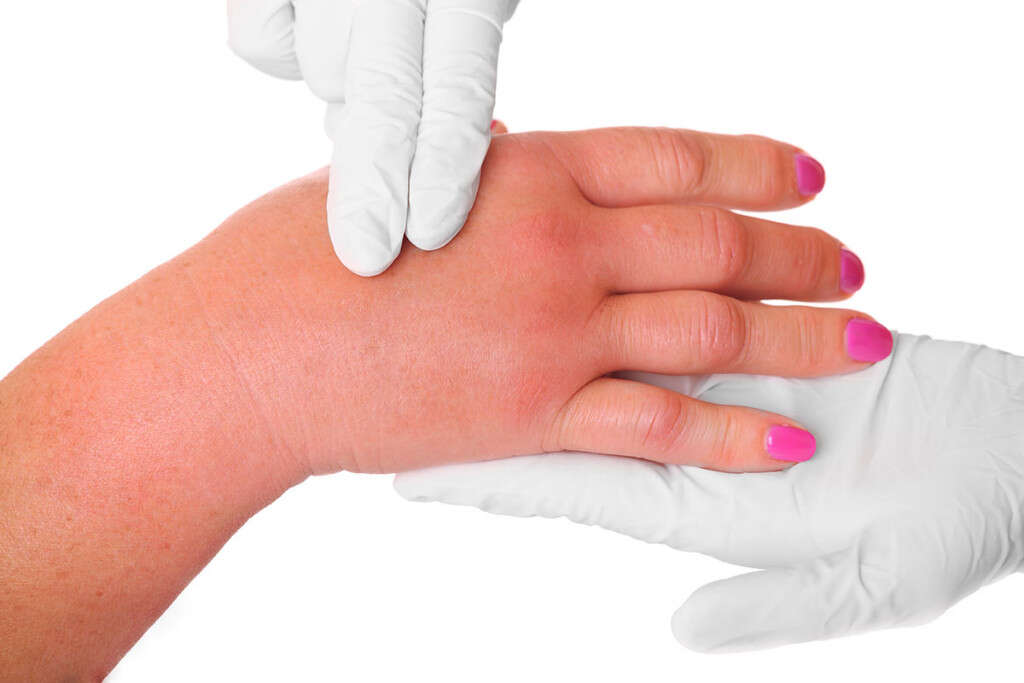
Symptom #4: Feeling of Tightness
Another symptom that a patient with lymphedema may experience is a feeling of tightness. This can affect the immediate area where the lymph nodes are located or it can affect nearby areas.
The sensation of tightness can emerge in conjunction with the swelling. The back up of fluid that causes the swelling will cause a sensation of tightness because it is literally filling up the tissue space within the limb.
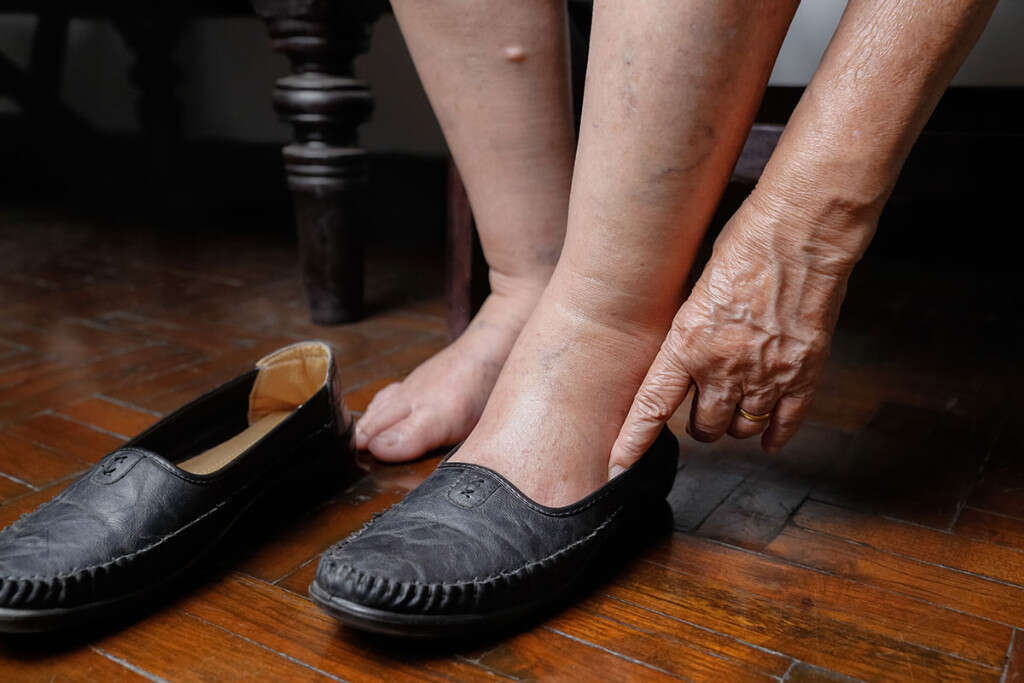
Symptom #5: Restricted Range of Movement
Something that’s common among any illness or condition that results in swelling is a restricted range of motion. This is because your limbs are designed to experience a certain range of motion when they are at their normal size.
If they are swollen, then you simply won’t be able to move them at the same angle that you could otherwise. This can be problematic for people who work physical jobs or who are active in sports.
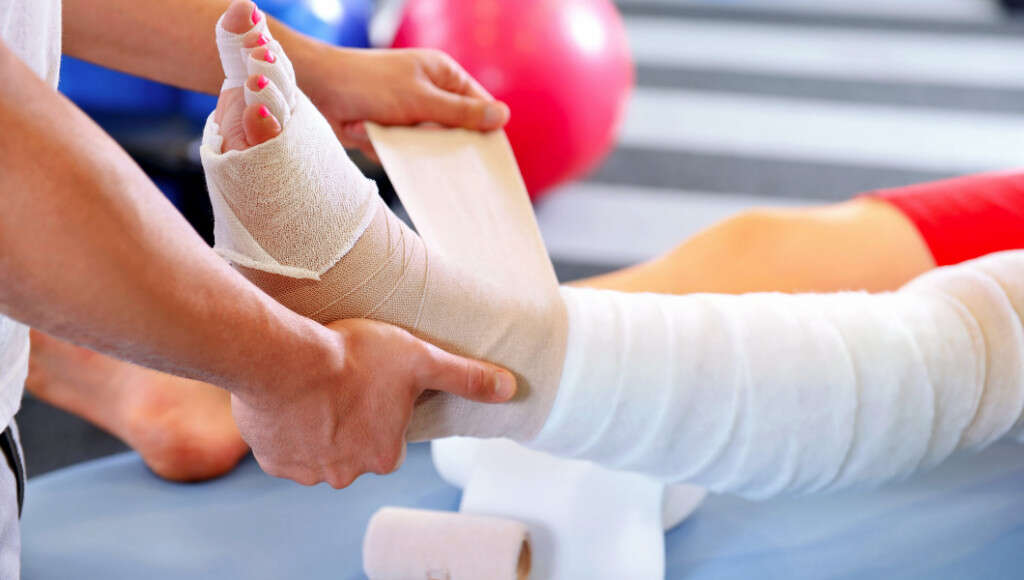
Symptom #6: Aching
While lymphedema is not known for causing sharp pains, it can certainly contribute to aching. This aching usually starts off quite mild and affects the areas where the lymph nodes are located.
If the condition is not properly treated then it can continue to spread as the swelling increases.
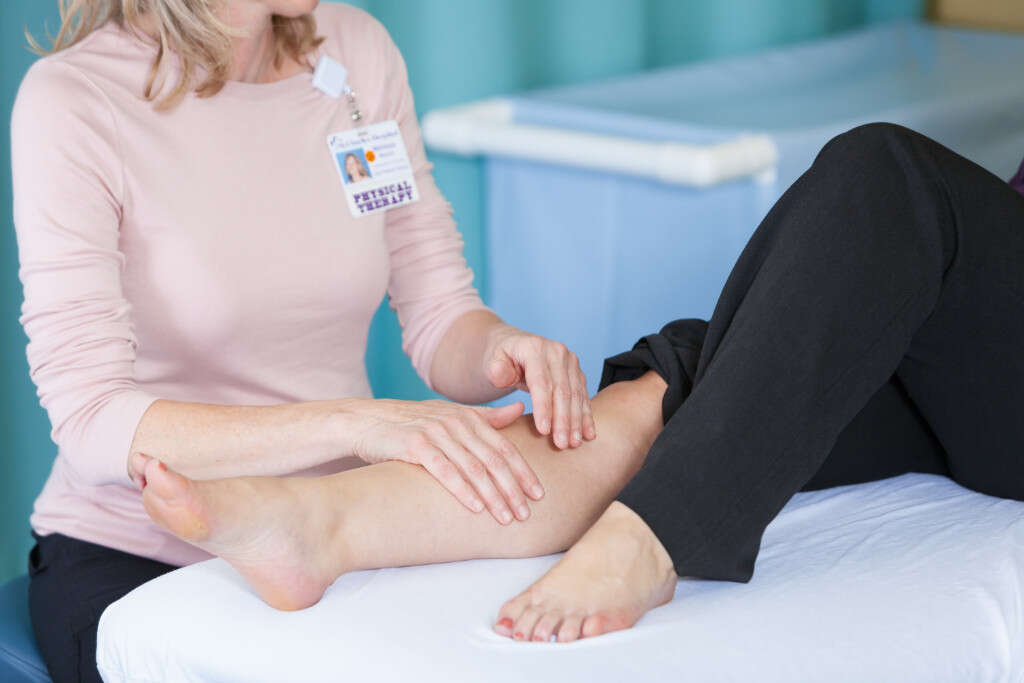
Symptom #7: Recurring Infections
If you notice that you are experiencing chronic infections in addition to some of these symptoms, then you can be relatively sure that you have a problem with your lymphatic system and that you should seek medical attention.
This is because the lymph nodes play a huge role in helping your immune system ward off infection-causing bacteria. If they are not functioning properly then you will be more at risk for developing all sorts of infections.
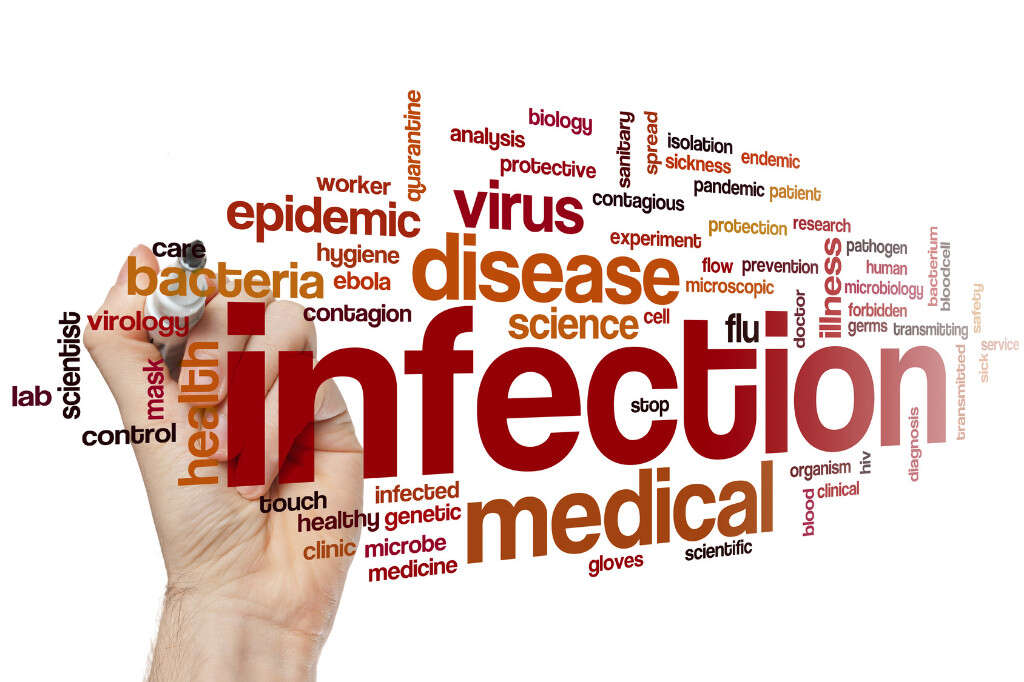
Symptom #8: Fibrosis
Fibrosis is a condition marked by the hardening or thickening of the skin or the soft tissue underneath.
This condition can emerge if the lymph nodes are not draining properly and it initially tends to affect the immediate areas around the lymph nodes, although it can strike elsewhere.
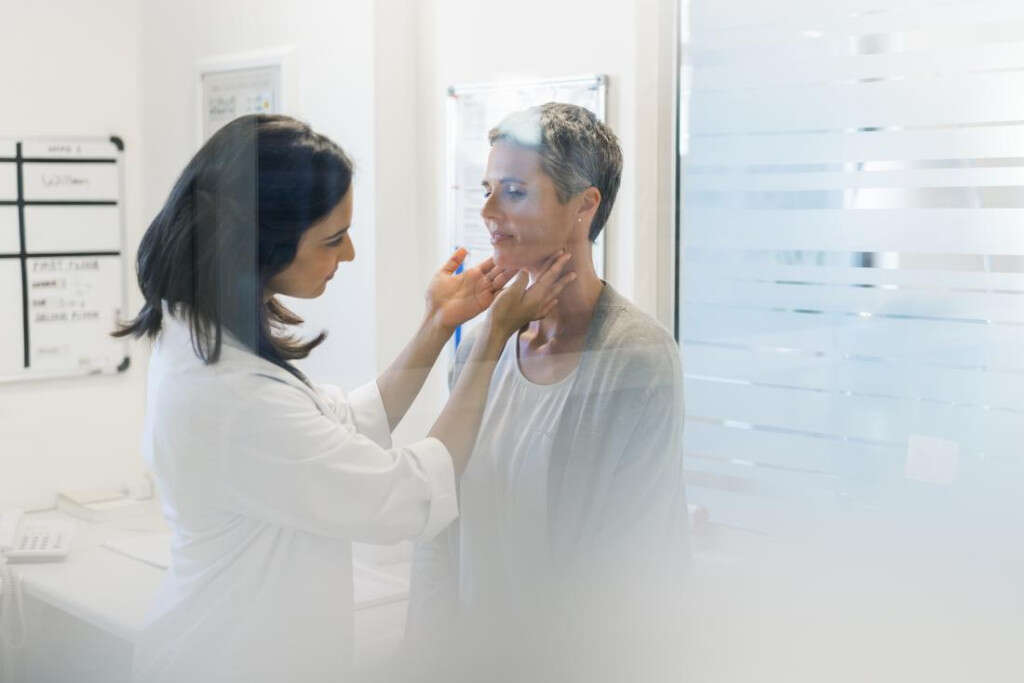
Symptom #9: Cellulitis
Cellulitis is a fairly serious infection that affects the skin, despite being quite common. It is marked by a red, swollen area that usually feels hot and tender when it is touched.
The redness and the swelling spread quite quickly and patients who develop cellulitis should seek medical attention.

Symptom #10: Lymphangiosarcoma
This condition is one of the more serious complications that can emerge as a result of lymphedema. It is actually a type of soft tissue cancer that can result from serious, untreated cases of lymphedema.
Some of the obvious markings of this condition are blue, red, or purple marks appearing on the skin.





